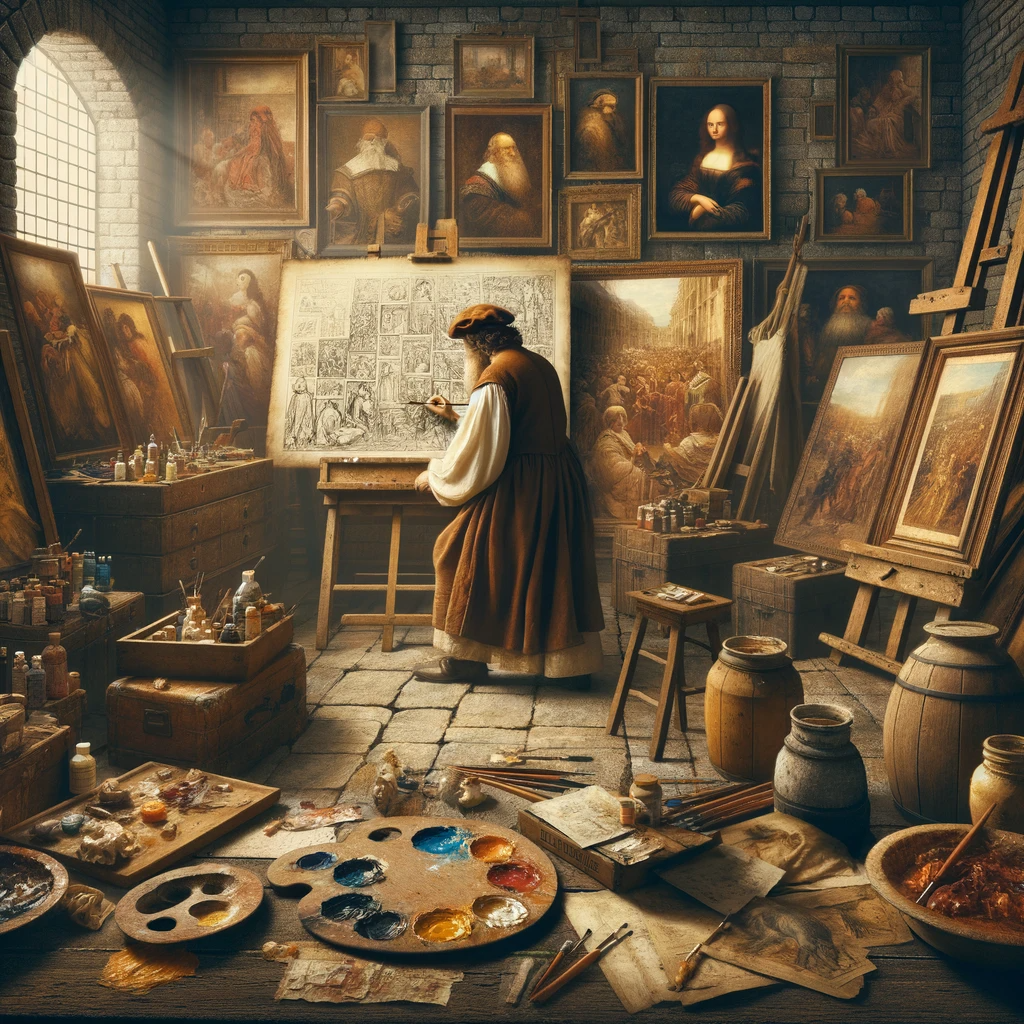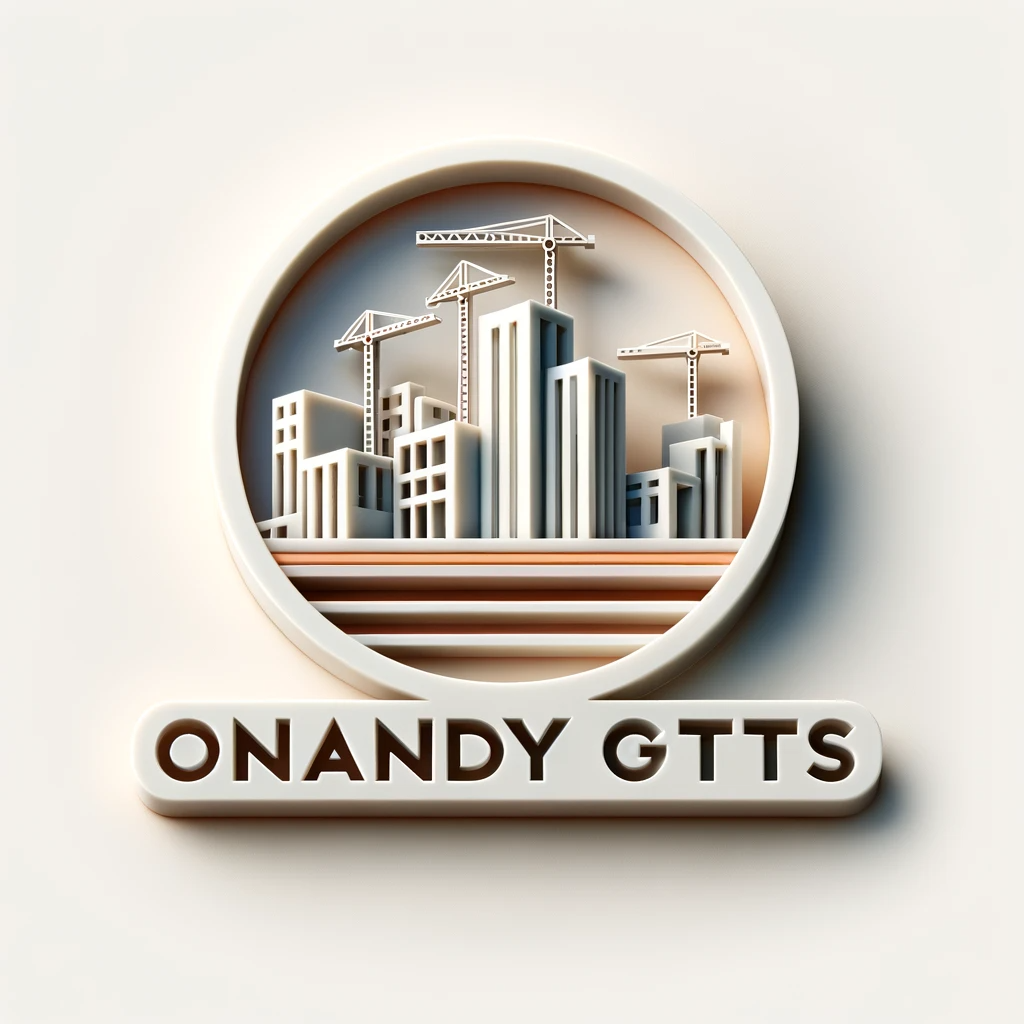The Origins and History of Oil Painting
Oil painting has a rich and storied history that has shaped the art world for centuries. From its origins in Northern Europe in the 15th century to its influence on modern art movements like Impressionism, oil painting has left an indelible mark on the artistic landscape. In this article, we’ll explore the origins, techniques, and evolution of oil painting, from Jan van Eyck to Vincent van Gogh and beyond.

The Birth of Oil Painting
The history of oil painting can be traced back to 7th-century Afghanistan, where early artists experimented with various oils as an alternative painting medium. However, it wasn’t until the 15th century in Northern Europe that oil painting as we know it today truly began to take shape. The key innovation was the use of oil, particularly linseed oil, as a binding agent for pigments.
Jan van Eyck and the Pioneers
Jan van Eyck, a Flemish painter, is often credited with perfecting the oil painting technique. His masterpiece, the “Ghent Altarpiece,” showcased the incredible depth and detail achievable with oil paint. Van Eyck’s use of oil allowed for the application of paint in thin layers, a technique that enabled artists to achieve a remarkable level of realism. This was a significant departure from the previous egg tempera method, which was more limited in its effects.
The Renaissance Period
During the Italian Renaissance, artists like Leonardo da Vinci embraced the versatility of oil paint. Leonardo’s “Mona Lisa” is a prime example of the use of oil glazes to create subtle transitions from light to dark, contributing to the painting’s timeless allure. Oil painting became the prime medium for artists throughout Europe during this period.
The Evolution of Oil Painting
As oil painting techniques continued to develop, artists like Titian, Velasquez, and Rubens mixed various oils with their paints to achieve unique effects of light and texture. The capacity of oil paint to dry by oxidation rather than evaporation allowed artists to work at their own pace, adding layers and glazes to their artwork over time. This “fat over lean” approach ensured that the top layers of paint would not crack as they dried.
Modern Art and Beyond
In the 19th century, the invention of paint tubes made oil painting more accessible and convenient for artists to explore plein air painting—the practice of painting outdoors to capture the effects of light and atmosphere. Artists like Monet and Renoir, leaders of the Impressionist movement, used oil paint to create innovative works that pushed the boundaries of traditional art.
Oil Painting in the Modern World
Today, oil painting remains a prominent medium in the art world. Artists continue to experiment with new techniques and materials, including alternative drying oils like walnut oil or poppy seed oil. The use of oil paint in the modern era is a testament to its enduring appeal and adaptability.
Conclusion
The history of oil painting is a fascinating journey through the evolution of artistic expression. From the early Netherlandish painters like Jan van Eyck to the great masters of the Italian Renaissance and the Impressionists, oil painting has shaped the art world in profound ways. Its ability to capture the effects of light and texture, along with its versatility, has inspired countless artists throughout history.
As we look back at the origins and history of oil painting, we gain a deeper appreciation for the artists who paved the way for its development. From the wooden panels of Jan van Eyck to the modern painters who continue to explore the medium’s potential, oil painting has left an indelible mark on the art world, enriching our visual culture and inspiring creativity for generations to come.
